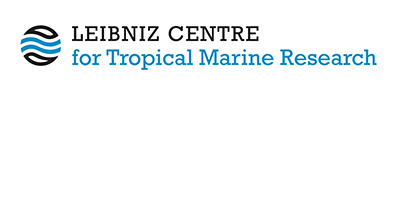Stochastic microbial dispersal drives local extinction and global diversity.
Garrido Zornoza, Miguel, Mitarai, Namiko and Haerter, Jan O.  ORCID: https://orcid.org/0000-0002-8617-3847
(2024)
Stochastic microbial dispersal drives local extinction and global diversity.
Royal Society Open Science, 11
(5).
DOI https://doi.org/10.1098/rsos.231301.
ORCID: https://orcid.org/0000-0002-8617-3847
(2024)
Stochastic microbial dispersal drives local extinction and global diversity.
Royal Society Open Science, 11
(5).
DOI https://doi.org/10.1098/rsos.231301.
|
Text
Haerter2024.pdf - Published Version Available under License Creative Commons: Attribution 4.0. Download (2MB) |
Abstract
Airborne dispersal of microorganisms is a ubiquitous
migration mechanism, allowing otherwise independent
microbial habitats to interact via biomass exchange. Here,
we study the ecological implications of such advective
transport using a simple spatial model for bacteria–phage
interactions: the population dynamics at each habitat are
described by classical Lotka–Volterra equations; however,
species populations are taken as integer, that is, a discrete,
positive extinction threshold exists. Spatially, species can
spread from habitat to habitat by stochastic airborne
dispersal. In any given habitat, the spatial biomass exchange
causes incessant population density oscillations, which, as
a consequence, occasionally drive species to extinction. The
balance between local extinction events and dispersal-induced
migration allows species to persist globally, even though
diversity would be depleted by competitive exclusion, locally.
The disruptive effect of biomass dispersal thus acts to
increase microbial diversity, allowing system-scale coexistence
of multiple species that would not coexist locally.
| Document Type: | Article |
|---|---|
| Programme Area: | PA2 |
| Research affiliation: | Integrated Modelling > Complexity and Climate |
| Refereed: | Yes |
| Open Access Journal?: | Yes |
| DOI: | https://doi.org/10.1098/rsos.231301 |
| ISSN: | 2054-5703 |
| Date Deposited: | 10 Feb 2025 10:44 |
| Last Modified: | 10 Feb 2025 10:44 |
| URI: | https://cris.leibniz-zmt.de/id/eprint/5569 |
Actions (login required)
 |
View Item |





 Tools
Tools Tools
Tools